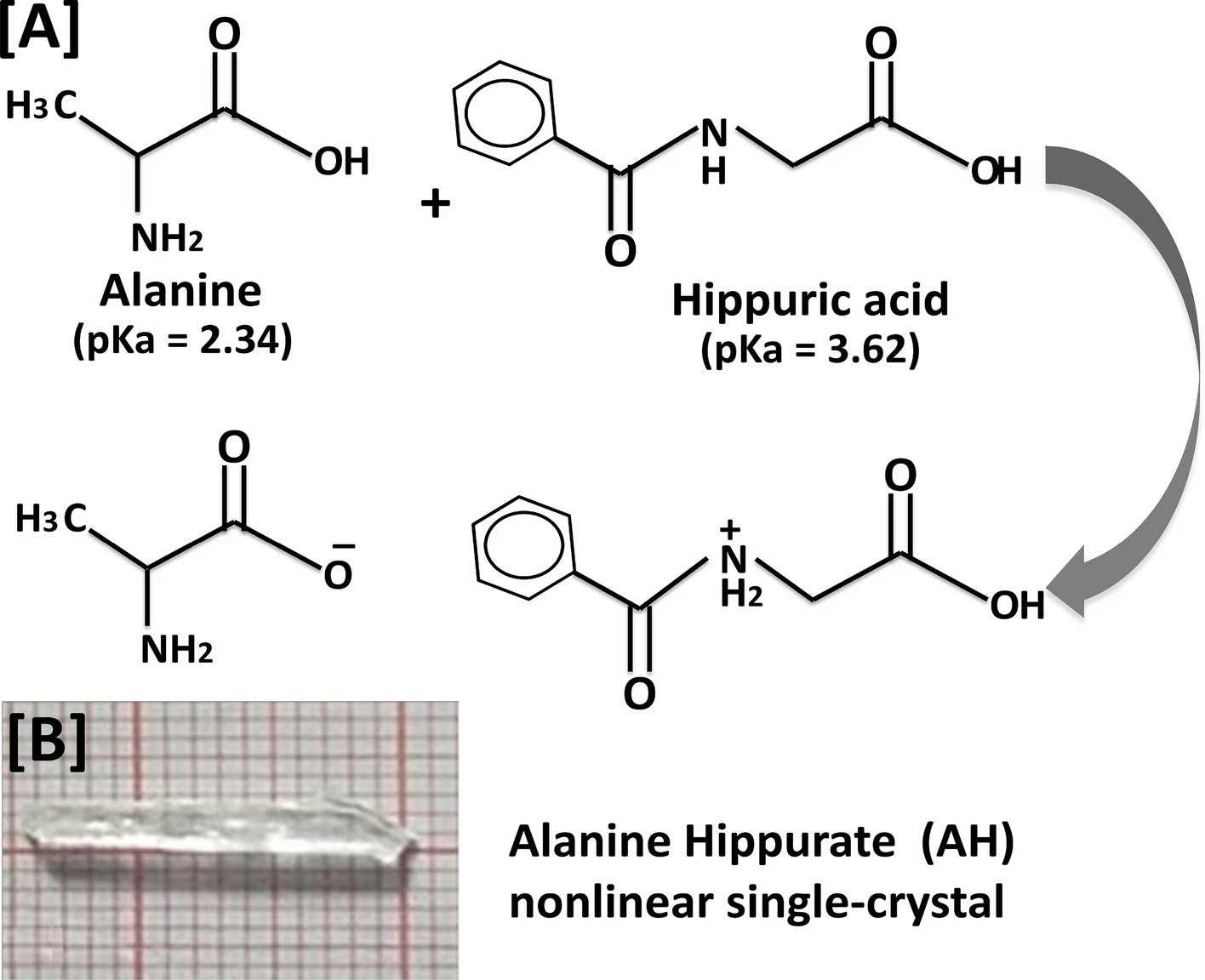
Nanocomposite matrix conjugated with carbon nanomaterials for photocatalytic wastewater treatment
The problem of hazardous wastewater remediation is a complicated issue and a global challenge. Herein, a layered Co0.5Ni0.5Fe2O4/SiO2/TiO2 composite matrix was prepared and incorporated with three carbon nanomaterials having different dimensionalities, carbon dots (C-dots, 0D), single-walled carbon nanotubes (1D), and reduced graphene oxide (2D), in an effort to create effective photocatalytic nanocomposites for chloramine-T removal from water. Microstructural analyses confirmed the formation of nanocomposites and revealed their chemistry and structure. Elemental mapping revealed a uniform distribution of elements throughout the nanocomposite matrix that was free of impurities. The spherical shape of the matrix particles (average diameter ~90 nm) and their conjugation with the carbon nanomaterials were confirmed. Nitrogen adsorption–desorption isotherms revealed that the nanocomposites were mesoporous but also contained macropores. The surface chemical compositions of the nanocomposites were investigated and showed a range of available binding energies. The kinetics of photocatalysis by the system were studied, and the effects of different parameters (such as photocatalyst dose and charge-carrier scavengers) on the efficiency of chloramine-T degradation were also investigated. The nanocomposite loaded with 10% C-dots exhibited high UV-assisted photocatalytic activity for chloramine-T degradation (65% removal efficiency). © 2020 Elsevier B.V.




